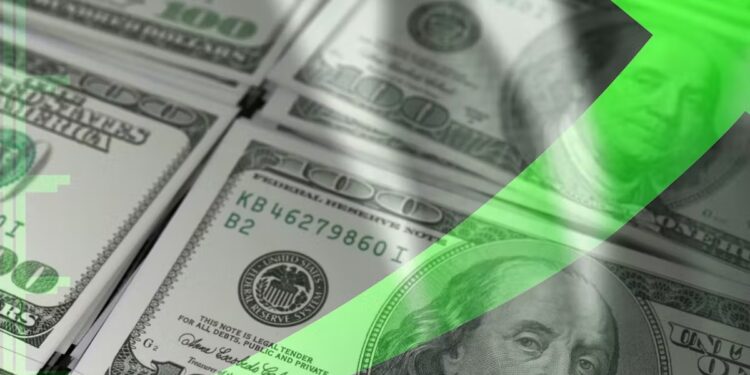The latest figures arrive after a third straight interest rate hike
The consumer price index rose 0.4% in September on a seasonally adjusted basis after rising 0.1% in August, the Labor Department said Thursday.
Consumer prices overall rose 8.2% in the last 12 months, higher than economists’ predictions of 8.1%.
Prices rose the most for shelter, food and medical care last month, according to the Labor Department. The food index jumped 0.8% over the month while the energy index fell 2.1%.
Core-CPI prices increased 6.6% compared to a year ago — a new 40-year-high.
Stock futures fell after the CPI report was released at 8:30 a.m. ET.
President Joe Biden responded to the CPI report in a statement Thursday, saying it “shows some progress in the fight against higher prices, even as we have more work to do.”
“Inflation over the last three months has averaged 2%, at an annualized rate. That’s down from 11% in the prior quarter,” he said. “But even with this progress, prices are still too high. Fighting the global inflation that is affecting countries around the world and working families here at home is my top priority.”
The latest data arrives weeks after the Federal Reserve escalated its fight against inflation with a third consecutive rate increase. The continued climb in prices may signal that the Fed’s aggressive rate hikes have done little to stave off inflation pressures. Fed watchers are expecting a fourth rate hike of 0.75% this year.
The Fed has put forward a string of aggressive interest rate hikes in recent months as it tries to slash price increases by slowing the economy and choking off demand. But the approach risks tipping the U.S. into a recession.
Federal Reserve Chair Jerome Powell last month reasserted the central bank’s commitment to bring inflation down to a target rate of 2%, saying the Fed expects to put forward “ongoing increases” to its benchmark interest rate.
Lately, evidence has mounted that the Fed’s moves have put the brakes on some economic activity.
While the labour market remains robust, hiring has cooled. U.S. employers added 263,000 jobs in September and the unemployment rate fell slightly to 3.5% from 3.7%, according to government data released last Friday.
The September hiring total falls well below the average monthly jobs added of 420,000 so far this year and 562,000 per month in 2021, according to the Department of Labor.
Meanwhile, rent increases have sent mortgage rates higher and slowed the construction of new homes.
Current economic trends are sending mixed signals, said Amit Batabyal, an economics professor at the Rochester Institute of Technology.
“On the one hand, inflation is high by historical standards and that’s having a negative impact on people’s wallets,” Batabyal told ABC News. “On the other hand, the employment picture is generally positive.”
A further economic slowdown risks putting millions of employees out of work.
Rate increases will cause the unemployment rate to rise nearly a percentage point by the end of next year, according to the Fed. The International Monetary Fund predicts that the unemployment rate will jump to 5.5% by 2024, Reuters reported on Tuesday.MORE: Big bank CEOs sound alarmed on inflation fight: ‘Expect tougher times ahead’
Still, Powell has argued that the pain of an economic slowdown exceeds that of persistent inflation.
In a sign that consumers may be growing more optimistic about inflation, New York Federal Reserve data on Tuesday showed one-year-ahead inflation expectations fell last month by 0.3 percentage points to 5.4%. The figure marks the lowest reading for the measure since September 2021, according to the New York Fed.
Expectations for long-term inflation increased last month, though. Median five-year-ahead inflation expectations rose by 0.2 percentage points to 2.2%, the data showed.
The inflation rate will remain largely unchanged over the next year, even as the Fed pursues additional rate hikes, Batabyal said, adding that he doesn’t expect a recession “anytime soon.”
Source:abcNEWS



Recent Comments